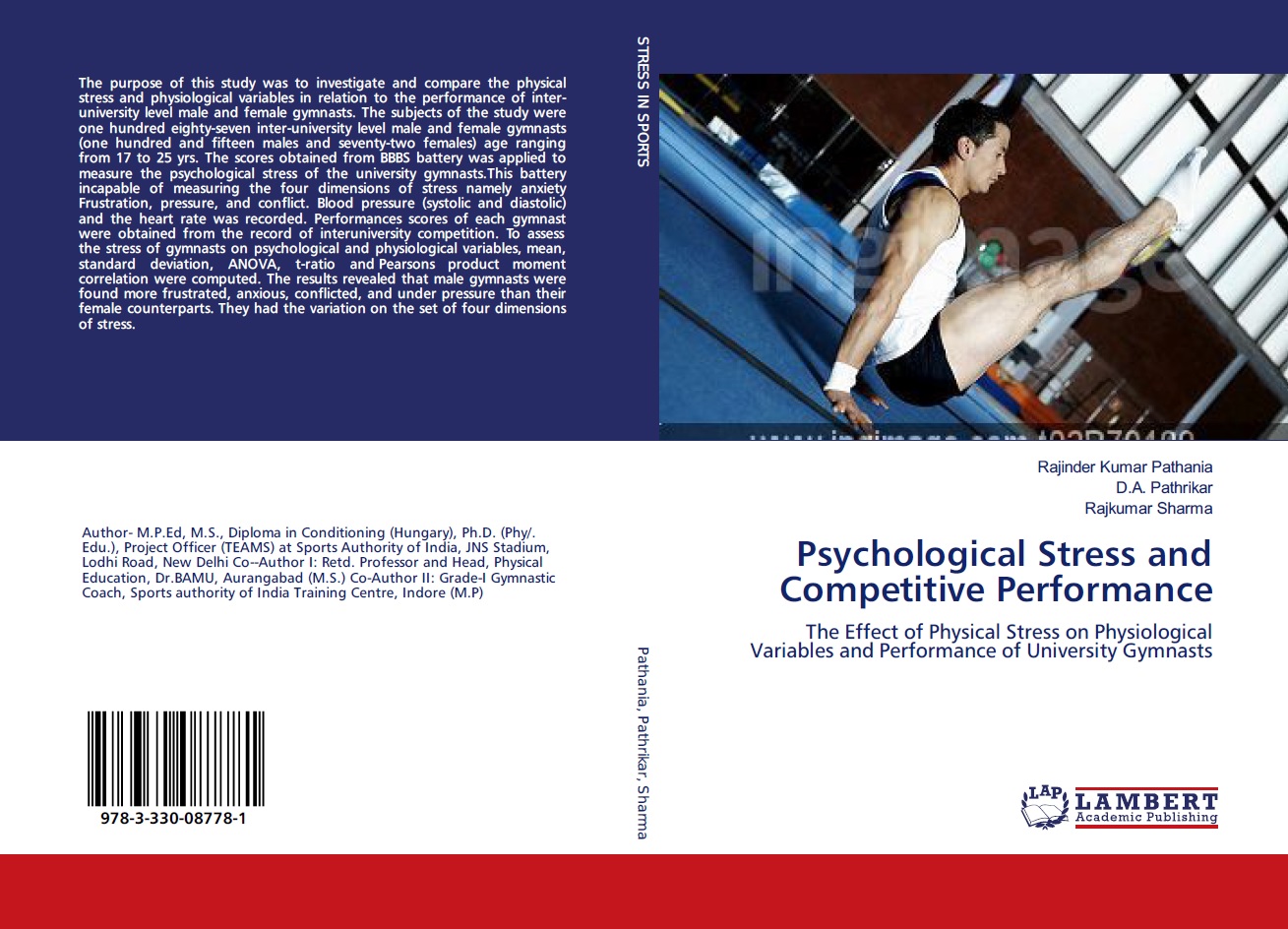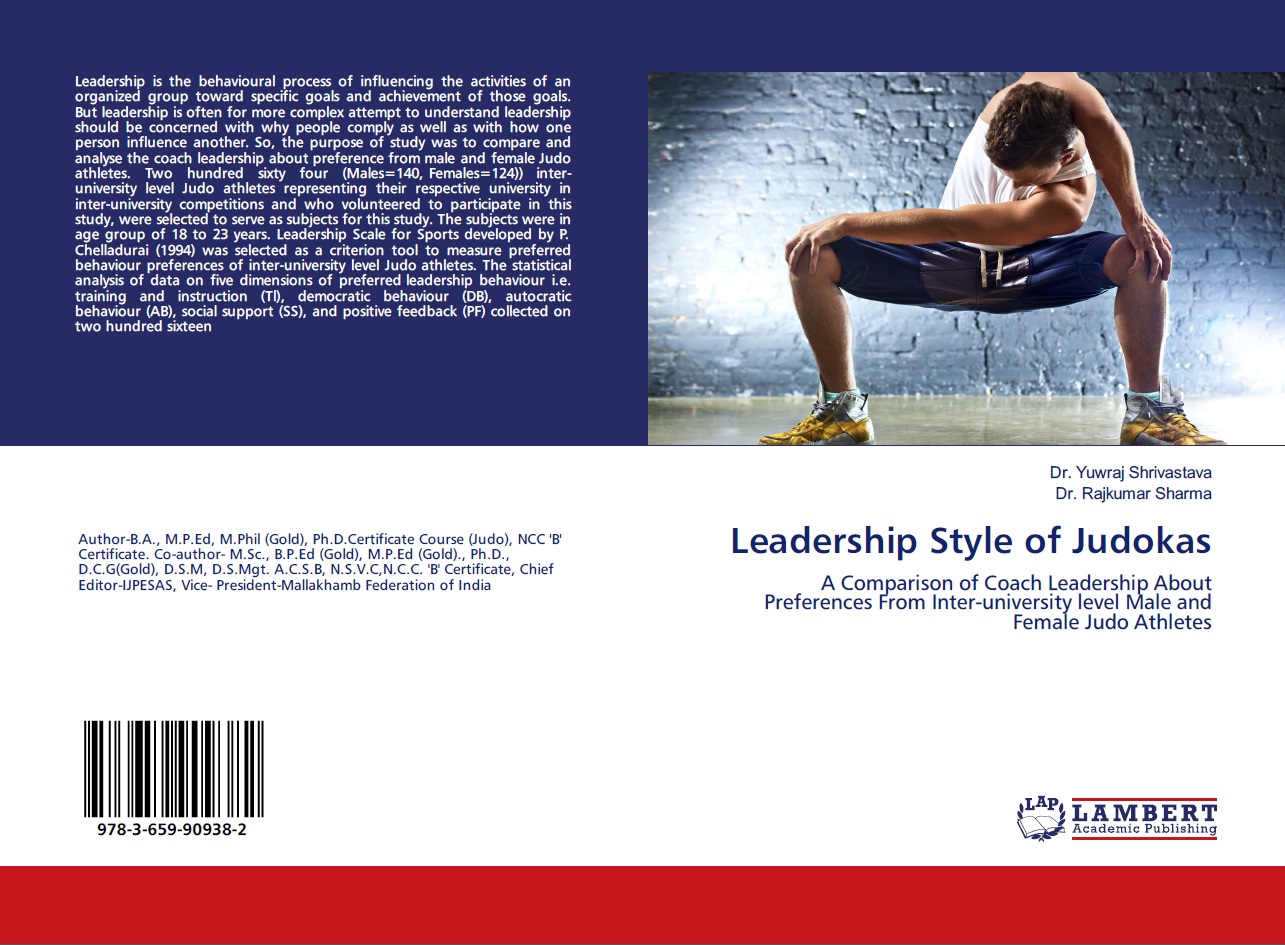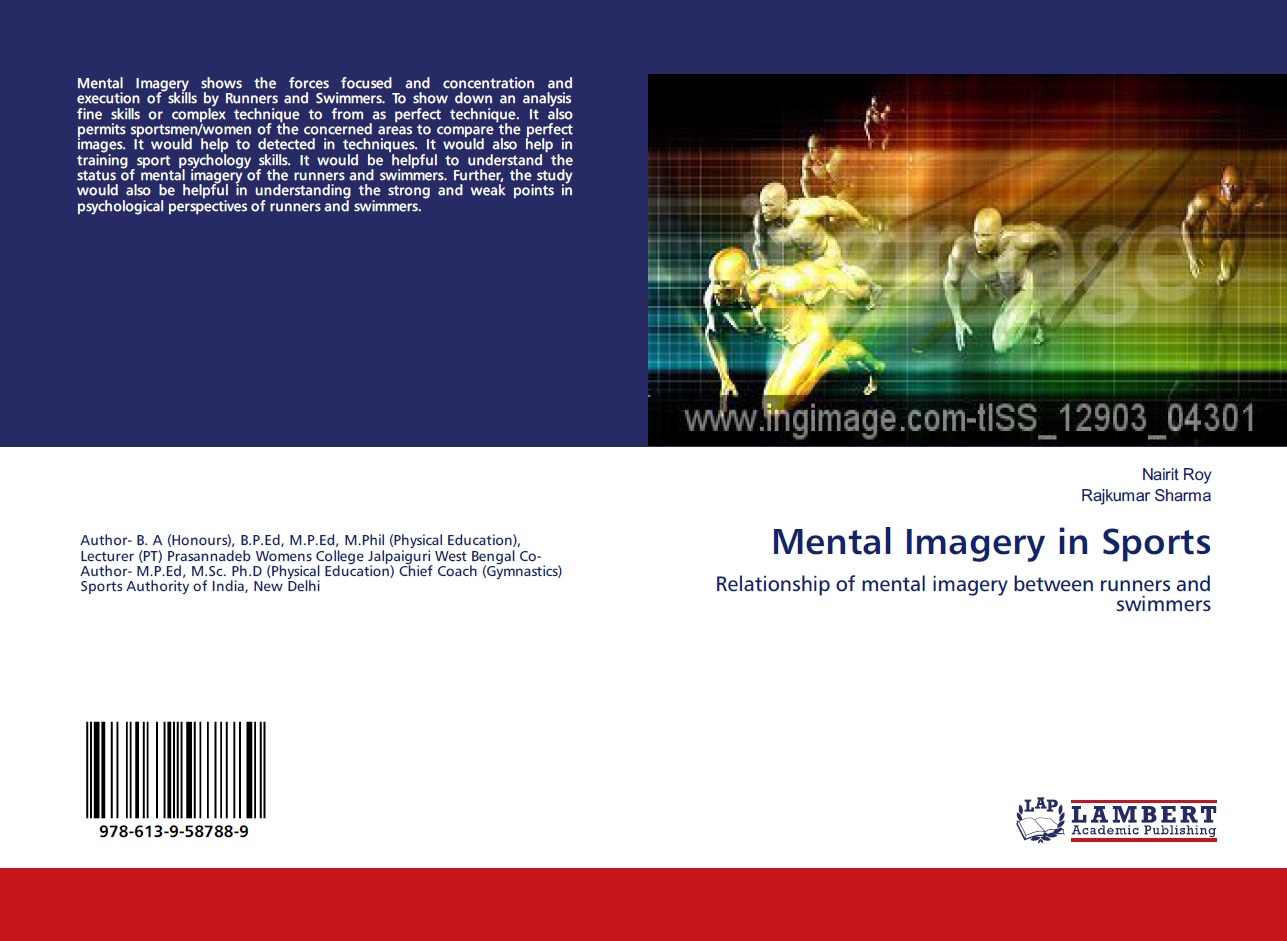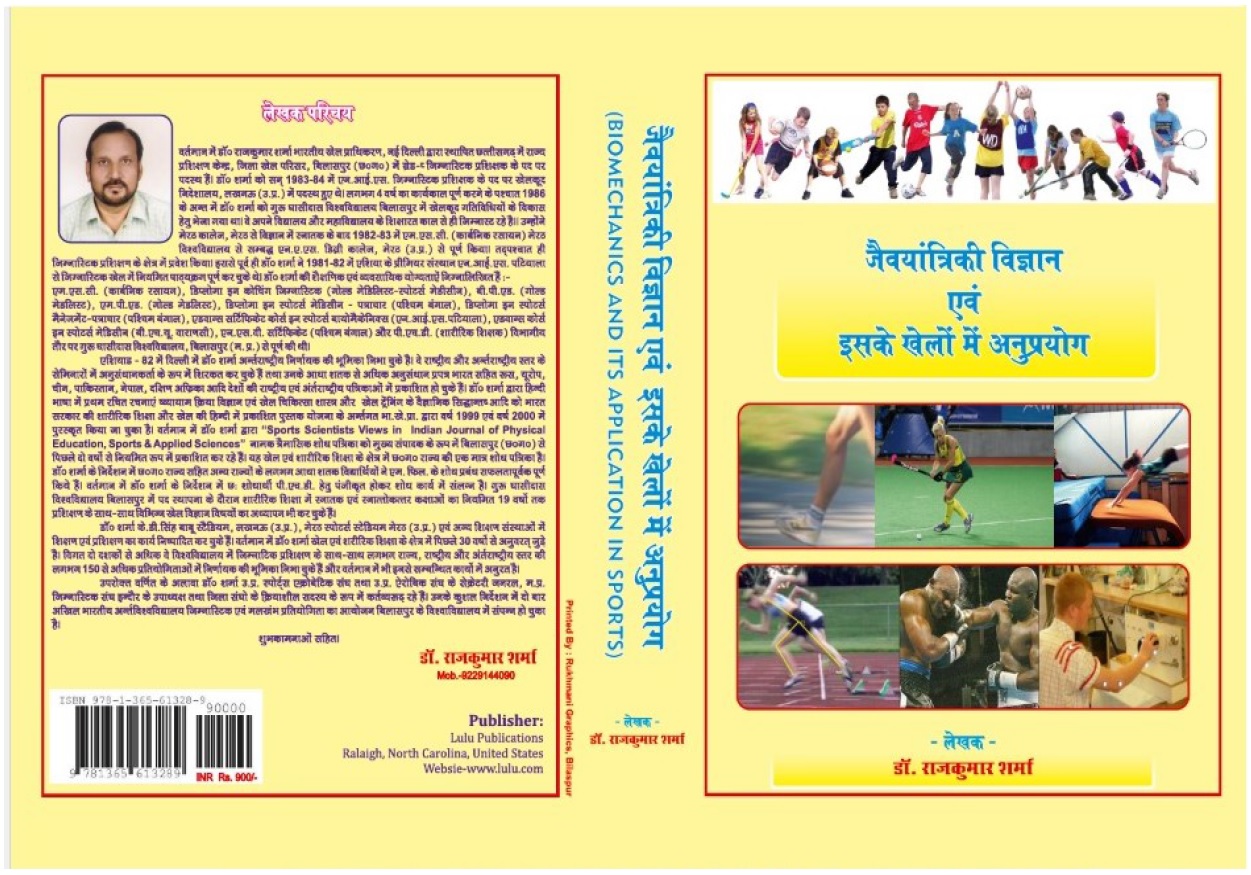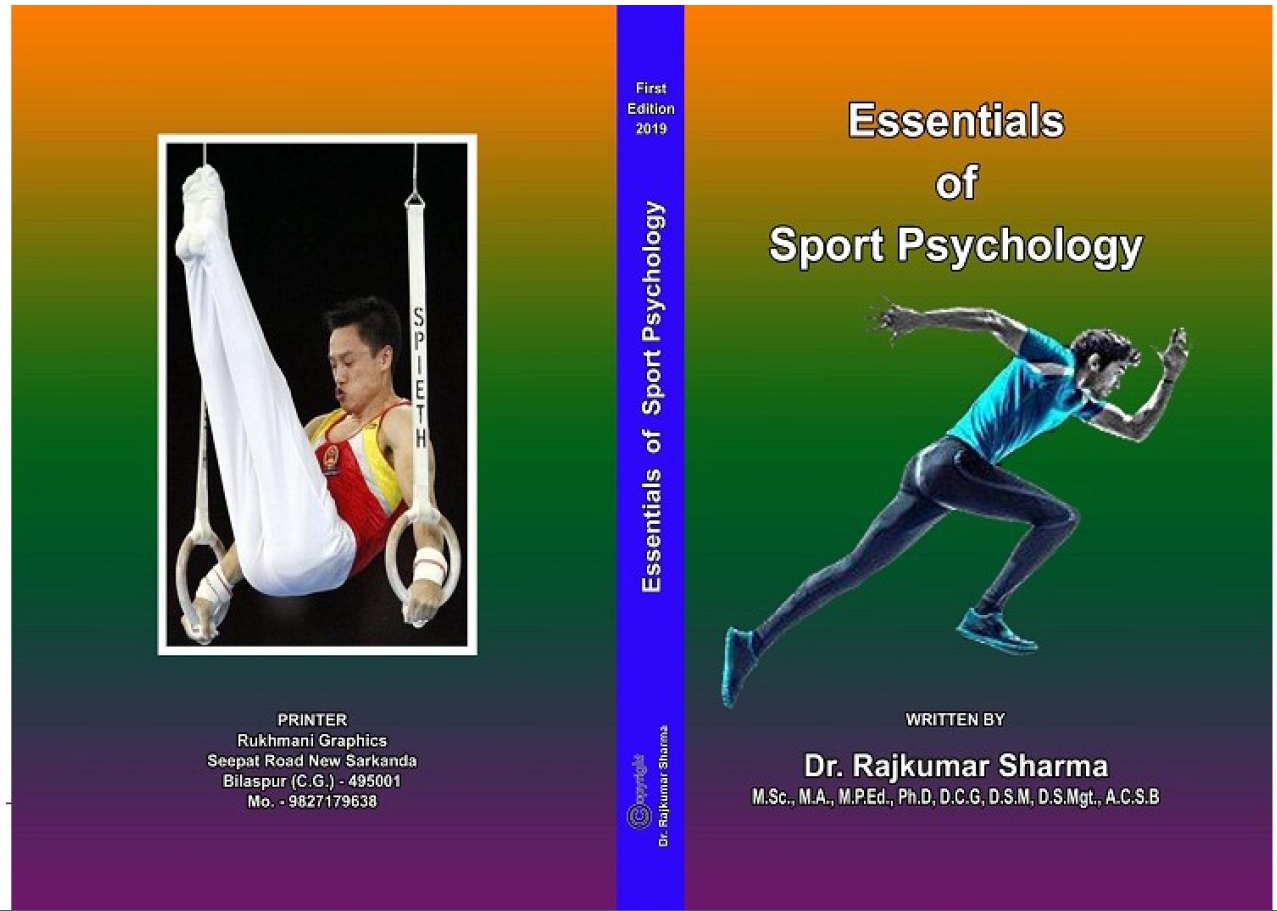| S.No. | Total View Count | Title of Manuscript | Page No | Download/ PDF |
|---|---|---|---|---|
| 1 | IMPACT OF YOGA ON MENTAL AND PHYSICAL HEALTH Author: Dr. Harender Singh1 | 102-107 |  8 8 |
Article info
doi no.: 05-2016-44975451,
DOI Link :: http://doi-ds.org/doilink/02.2021-55921543/IJPESAS/2021/JAN/V11/I1/A15
AFFILIATIONS:
- Assistant. Professor, V.S.P. Govt. P.G. College, Kairana (Shamli), U.P.
Yoga is a way of better living. It ensures great efficiency in work and a better control over mind and emotions. Through Yoga one can achieve both physical and Mental health. Health is the greatest blessing to us by GOD. Health is not just the absence of disease. To enable the individuals to lead a life of complete physical, mental and social well-being and not merely the absence of disease. Yoga and Physical education may provide the right direction and needed actions to improve our physical & Mental Health. Educate and schools are looking to include yoga as a cost effective, evidence based component of urgently needed wellness programs for their students. Lastly we can say that yoga is basically the most important ancient art that aims towards the building up of a healthy mind in a healthy body.
Key words: Yoga, Health, Fitness, Psychology Factors, Physical Education, Sports.
References
Shastri, V.V., Hankey, A., Sharma, B., & Patra, S. (2017). Investigation of yoga pranayama and vedic mathematics on mindfulness, aggression and emotion regulation. International journal of yoga, 10(3): 138.
Shastri, V.v. Hankey, A., Sharma, B., & Patra, S., (2017). Impact of pranayama and vedic mathemaitcs on math anxiety and cognitive skill. Yoga Mimamsa, 49(2): 53-62
Singh, P. (2016). Management of Mathematics Anxiety though Behaviour Technology, Super Brain Yoga and Varnalogy in Maths Standard Students, the International Journal of Indian Psychilogy. 3 -2(.5):161-169
Taneja, D.K. (2014). Yoga and health. Indian journal of chemist medicine: official publication of Indian. Associations of Preventive, Social Medicine, 39(2) :68.
Ishwar V. Basavaraddi (2015), Yoga: Its Origin, History and Development, Ministry of External Affairs, Government of India
K. Pilkington, G. Kirkwood, H. Rampes, and J. Richardson (2005),“Yoga for depression: the research evidence,” Journal of AffectiveDisorders, 89(1-3) : 13–24., 2005.
L. A. Uebelacker, G. Epstein-Lubow, B. A. Gaudiano, G.Tremont, C. L. Battle, and I. W. Miller (2010), “Hatha yoga for depression: critical review of the evidence for efficacy, plausiblemechanisms of action, and directions for future research,”Journal of Psychiatric Practice, 16(1) : 22–33.
Arndt B¨ussing,1 AndreasMichalsen,2 Sat Bir S. Khalsa,3 Shirley Telles,4 and Karen J. Sherman (2012), Effects of Yoga onMental and Physical Health: A Short Summary of Reviews Hindawi Publishing Corporation Evidence-Based Complementary and Alternative Medicine 1-:7, doi:10.1155/2012/165410
R. P. Brown and P. L. Gerbarg (2005), “Sudarshan Kriya Yogic breathingin the treatment of stress, anxiety, and depression: partII—clinical applications and guidelines,” Journal of Alternativeand Complementary Medicine, 11(4) :711–717. .
S. A. Saeed, D. J. Antonacci, and R. M. Bloch (2010), “Exercise, yoga, and meditation for depressive and anxiety disorders,” American Family Physician, 81(8) : 981–987.
K. P. Roland, J. M. Jakobi, and G. R. Jones (2010), “Does yoga engenderfitness in older adults? A critical review,” Journal of Agingand Physical Activity, vol. 19(1) : 62–79.
K. E. Innes, C. Bourguignon, and A. G. Taylor (2005), “Risk indices associated with the insulin resistance syndrome, cardiovascular disease, and possible protection with yoga: a systematicreview,” Journal of the American Board of Family Practice, 6:491–519.
C. S. Chong, M. Tsunaka, H. W. Tsang, E. P. Chan, and W.M. Cheung (2011), “Effects of yoga on stress management in healthyadults: a systematic review,” Alternative Therapies in Healthand Medicine, 17(1) : 32–38.
M. B. Ospina, K. Bond, M. Karkhaneh et al., (2007), “Meditationpractices for health: state of the research,” Evidence Report/Technology Assessment, 155:1-263.
 admin@sportscientistsviews.com
admin@sportscientistsviews.com

